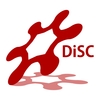
Magnetic Resonance Spectroscopy
Magnetic Resonance Spectroscopy is a key strength of DiSC. The facility includes 16 instruments. It actually supports hot topic research in Chemistry, Physics, Materials Science and Biochemistry as well as undergraduate practical work. Special tasks are promoted, as commercial services to industry and legal reports for law courts.
Magnetic Resonance Spectroscopy at DiSC is present both as Nuclear Magnetic Resonance (NMR) and Electron Paramagnetic Resonance (EPR) Spectroscopy.
NMR
Eight High Resolution Bruker NMR instruments are housed at DiSC, with proton operating frequencies ranging from 200 to 600 MHz. Some instruments are equipped with multinuclear probes, high- and low-temperature operation, and autosampler. One-, two-, and three-dimensional NMR solution spectroscopy is available on 1H and heteronuclei. One solid state Varian NMR instrument and one Bruker Minispec are also present, thus liquid, solid and semi-solid samples can be investigated, covering most experiments of interest to the research chemist.
The facilities are maintained by a permanent staff of technicians and academic members, and operated by students, researchers, CNR staff, etc. The facilities also provide commercial services to industry when possible.
The NMR facilities housed at DiSC are listed below:
Bruker DMX 600
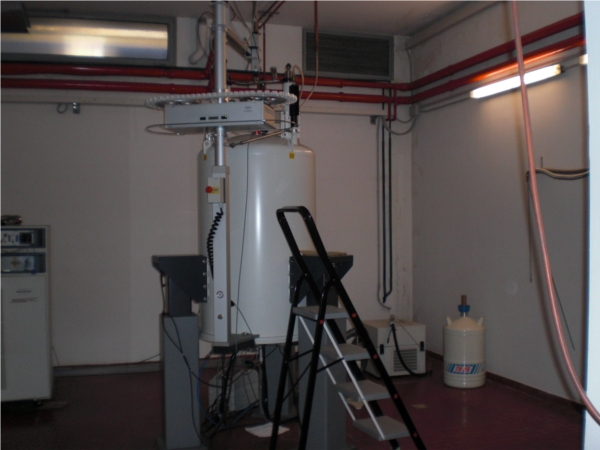
Bruker DMX 600, with Topspin 1.3 software, equipped with a 1H, 13C, 15N TXI - x,y,z grad probehead and a BBI z-grad probehead. Autosampler and low temperature equipment are also available.
contacts: stefano.mammi@unipd.it
location at DiSC: 215-00-065
Bruker 500 Avance III
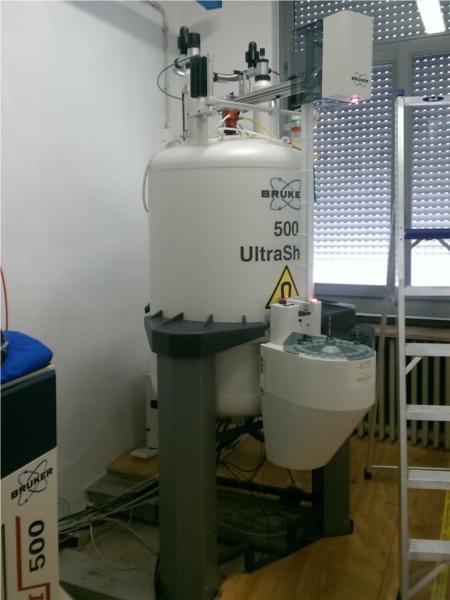
Bruker 500 Avance III, with Topspin 3.2 software, equipped with a BBI-ATM-z grad probehead and autosampler.
contacts: fabrizio.mancin@unipd.it
location at DiSC: 215-02-
Bruker 400 Avance III HD
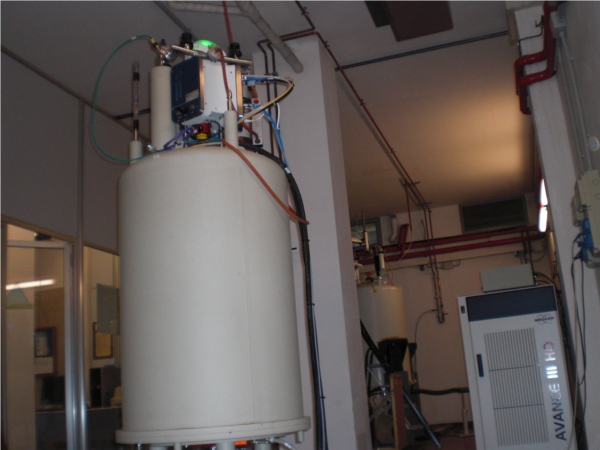
Bruker 400 Avance III HD, with Topspin 3.5 software, equipped with a BBI-z grad probehead, a QNP probe (dedicated to 19F acquisition), a 1H-13C ATM-z grad probehead, a BBI-z grad probehead for the detection of low frequency nuclei (e.g., 103Rh, 57Fe, 183W, 39K), and a BBO 10 mm probehead. Autosampler and low temperature equipment are also available.
contacts: stefano.mammi@unipd.it
location at DiSC: 215-00-065
Varian 400
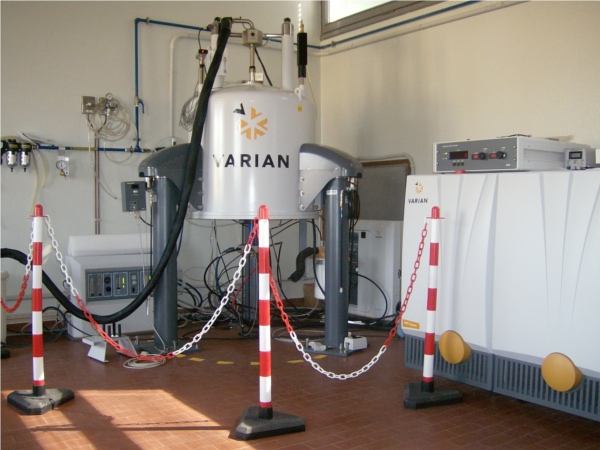
Varian 400 for solid state, solution state, HR_MAS NMR.
contacts: federico.rastrelli@unipd.it
location at DiSC: 215-04-
Bruker 300 equipped with a BBO probe
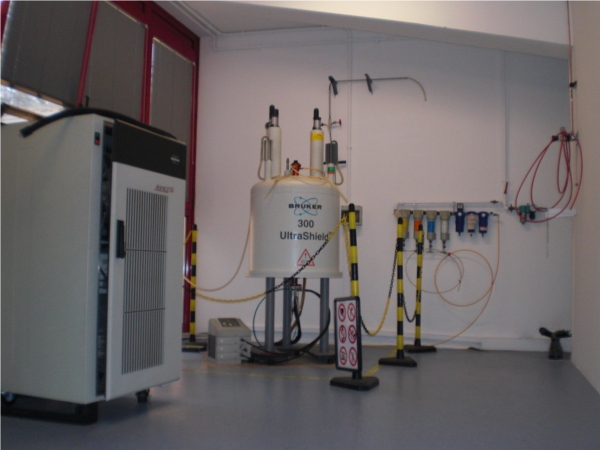
Bruker 300 equipped with a BBO probe, for 1D and 2D spectra on 1H and heteronuclei.
contacts: andrea.biffis@unipd.it
location at DiSC: 210-02-005
Bruker 300 equipped with a BBO-z grad probehead
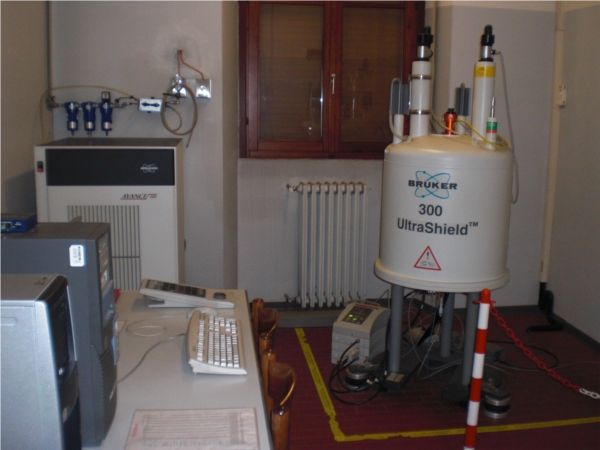
Bruker 300 equipped with a BBO-z grad probehead, for 1D and 2D spectra on 1H and heteronuclei. Low temperature equipment is also present.
contacts: leonard.prins@unipd.it
location at DiSC: 170-01-016
Bruker 200
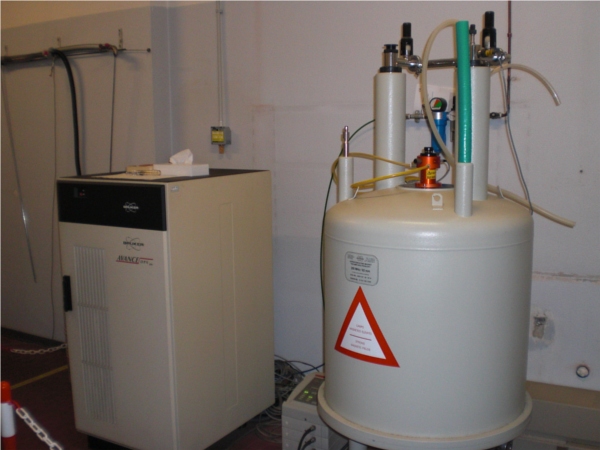
Bruker 200 equipped with a QNP probehead, for one-dimensional routine spectra.
contacts: leonard.prins@unipd.it
location at DiSC: 170-01-016
Bruker Minispec mq20
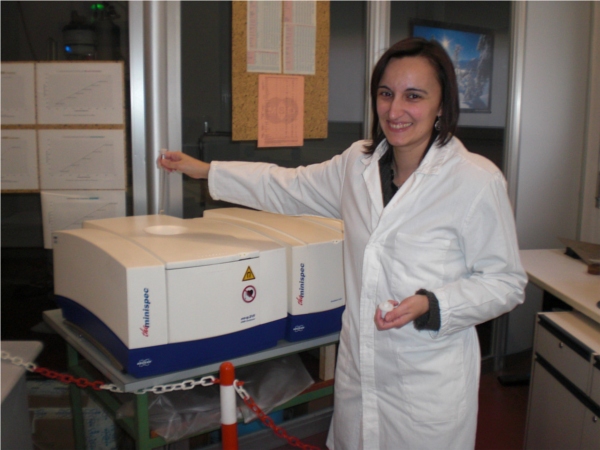
Bruker Minispec mq20, for Time Domain NMR, equipped with a 1H 10 mm AV probehead z grad, a 1H 10 mm RV probehead, and a 1H 18 mm absolute probehead. It can also be connected to the mq-ProFiler.
contacts: ileana.menegazzo@unipd.it
location at DiSC: 215-00-065
EPR
The EPR spectroscopy laboratories are focused on the development and application of conventional and advanced EPR techniques to Material Science (graphene, nanoparticles, organic photovoltaics, cultural heritage materials) and Biophysics (natural and artificial photosynthetic systems, Hydrogenases and bio-inspired analogs for the photo-bioproduction and protein motions detected by spin labelling techniques). A complete range of advanced EPR techniques are available: continuous wave (CW) EPR, time-resolved EPR (TR EPR) , pulse EPR, electron-nuclear double resonance (ENDOR) in CW and pulse mode, pulsed electron double resonance (PELDOR). All the EPR experiments can be performed both in X-band (10 GHz) and Q-band (34 GHz). Laser photoexcitation of the samples is available. The EPR facilities housed at DiSC are listed below:
Bruker ELEXSYS E580 X/Q Band CW and pulsed EPR spectrometer
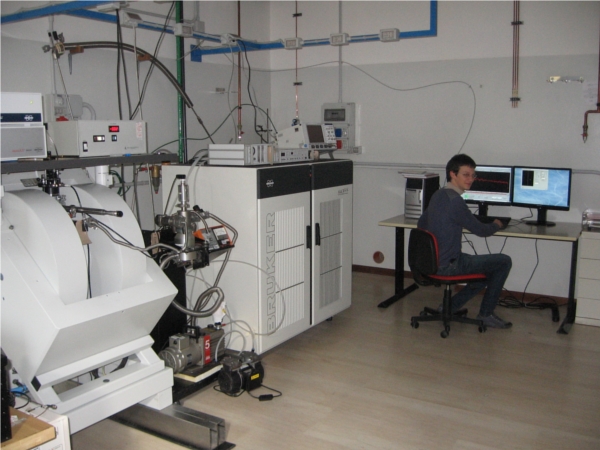
The Bruker ELEXSYS E580 is equipped with a Pulse-ELDOR unit and a DICE Pulse ENDOR system with RF amplifier. The instrument is coupled to a pulse Q-switched laser, 532 nm, 5 ns pulse duration, 20 Hz repetition rate for time-resolved EPR experiments. The equipment includes a helium cryostat for measurements down to 4K, using liquid helium, and down to 80 K, using liquid nitrogen.
location at DiSC: 215-01-131
ODMR (Optically Detected Magnetic Resonance) spectrometer
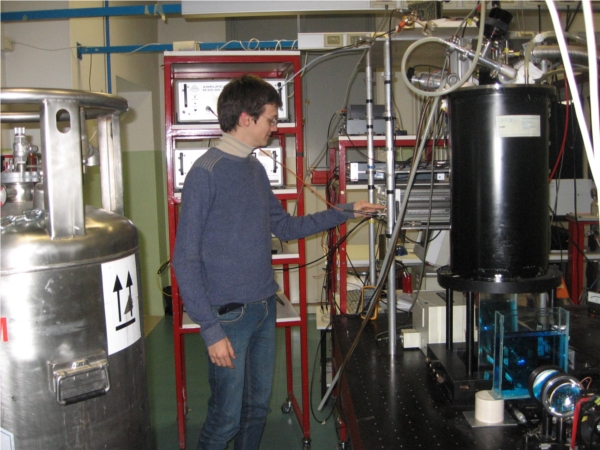
This home-made spectrometer is basically used for Zero Field measurements. It is equipped with a variable magnetic field unit (up to 4 T). Absorption and emission detection (ADMR, FDMR, PDMR) are all available in the UV-VIS range. Time-resolved detection in the Phosphorescence mode is also possible with a pulsed light source, in a millisecond time window. The instrument is interfaced with a helium cryostat for low temperature measurements.
location at DiSC: 215-01-134
Bruker Elexsys E580 X-Band CW and pulsed EPR spectrometer
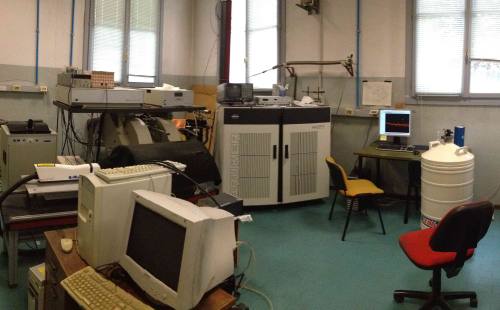
This Bruker Elexsys E580 spectrometer is equipped with a pulsed ENDOR unit and a laser photoexcitation source. The equipment includes a helium cryostat for measurements down to 4K, using liquid helium, and down to 80 K, using liquid nitrogen.The laser photoexcitation source is a Nd-YAG pulsed laser (Quantel Brilliant, 10Hz) equipped with second (532 nm), third (355 nm) and fourth (266 nm) harmonic generators, while an Optical Parametric Oscillator (Opolette, OPOTEK) allows to get pulses at tunable wavelengths from 420 nm to 680 nm and from 750 nm to 1000 nm.
location at DiSC: 215-01-136
Bruker ER200D X-Band CW EPR and TR EPR spectrometer
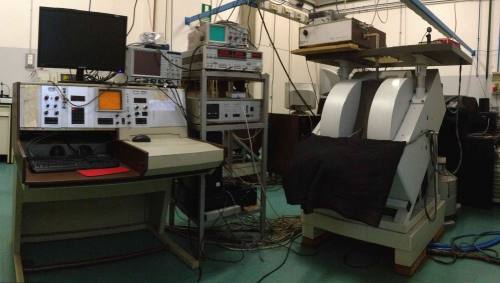
This Bruker ER200D spectrometer is equipped with pulsed laser photoexcitation sources (1024 nm, 532 nm, 355 nm) and a 300W Xe lamp monochromatic source. Liquid helium and nitrogen cryogenic systems for sample temperature control 4K-400K.
location at DiSC: 215-01-137
Bruker ER200D X-Band CW EPR and CW ENDOR spectrometer
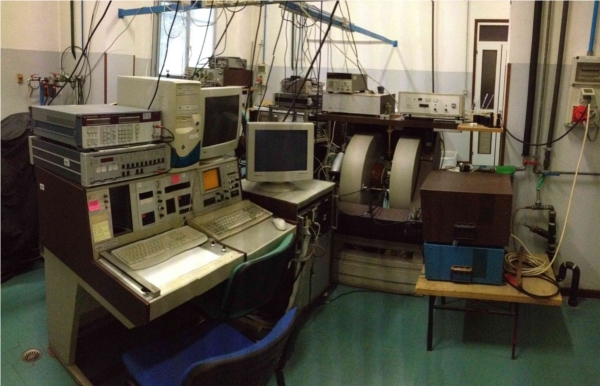
Bruker ER200D spectrometer, with liquid helium and nitrogen variable temperature systems. The ENDOR system is composed of a RF synthesizer (Rohde&Schwarz SMX), an RF Amplifier (ENI 300W), an EG&G 5208 lock-in and a Bruker EN801 ENDOR cavity. The RF synthesizer and Lock-in are controlled by Labview routines.
location at DiSC: 215-01-137
Bruker ECS106 X-Band CW EPR spectrometer
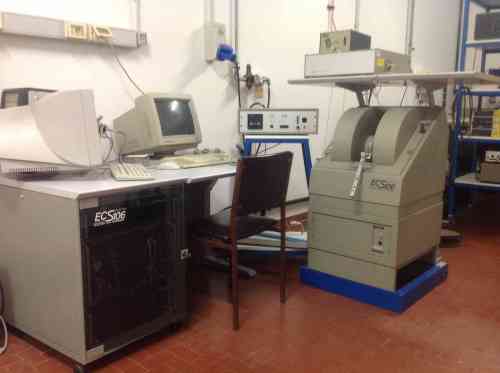
Bruker ECS106 spectrometer, with Nitrogen variable temperature accessory. Used for routine EPR analyses.
location at DiSC: 215-00-135
contacts: epr.chimica@unipd.it


